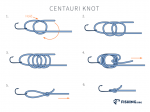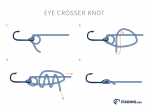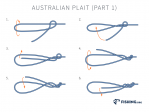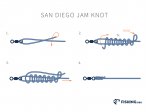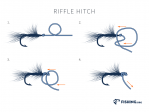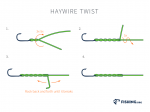Bristol Knot
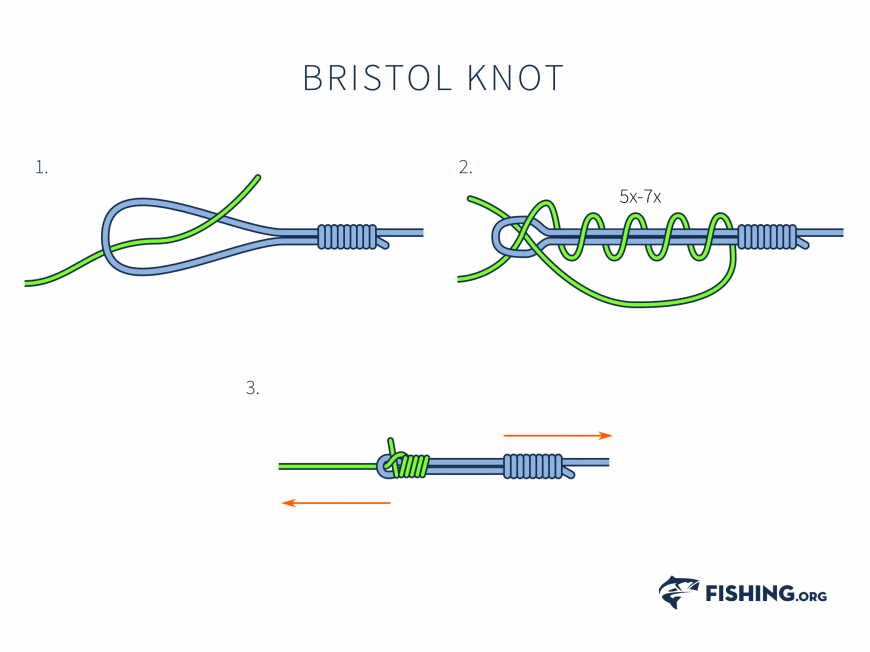
Bristol Knot
There are many kinds of knots a person can learn to tie, but one of those that can easily learn is a Bristol Knot. A Bristol Knot or the No Name Knot offers the person and easy and streamlined method that allows a shock line to be connected or a tippet to be doubled to a line such as a Bimini Twist. This allows the knot to pass easily through the rod so that it guides smoothly and can also effectively attach braided lines to monofilament. The Bristol Knot has also out-tested the Albright Special and the Double Uni in tests conducted by the IGFA.
The steps to tie a Bristol knot are as follows:
Step 1:
Tie a Bimini to the class line while being sure to make the loop fairly short. Insert the leader through the loop.
Step 2:
You should start with your index finger hooked around the leader to maintain a loop at the start of when you tie the knot. You will need to wrap the tag around the end 5 to 7 times through that doubled line.
Step 3:
Bring the end of the tag back to the beginning and pass it through the loop that is held by your index finger again (under the first turn and over the doubled loop).
You will tighten the knot by moistening the lines with saliva and then pulling on both the standing part of the leader and the double line. Trim the end of the tag which should be sticking out at about 90-degree angle.
Our Take: Other knots that are alternatives to this type of knot include a Nail Knot, FG knot, Slim Beauty Knot, or the Albright Knot. This kind of knot is often used on sailboats or on other types of ships while they are out at sea to keep the lines tied down properly.
 Carla Arbuckle
Carla Arbuckle 
